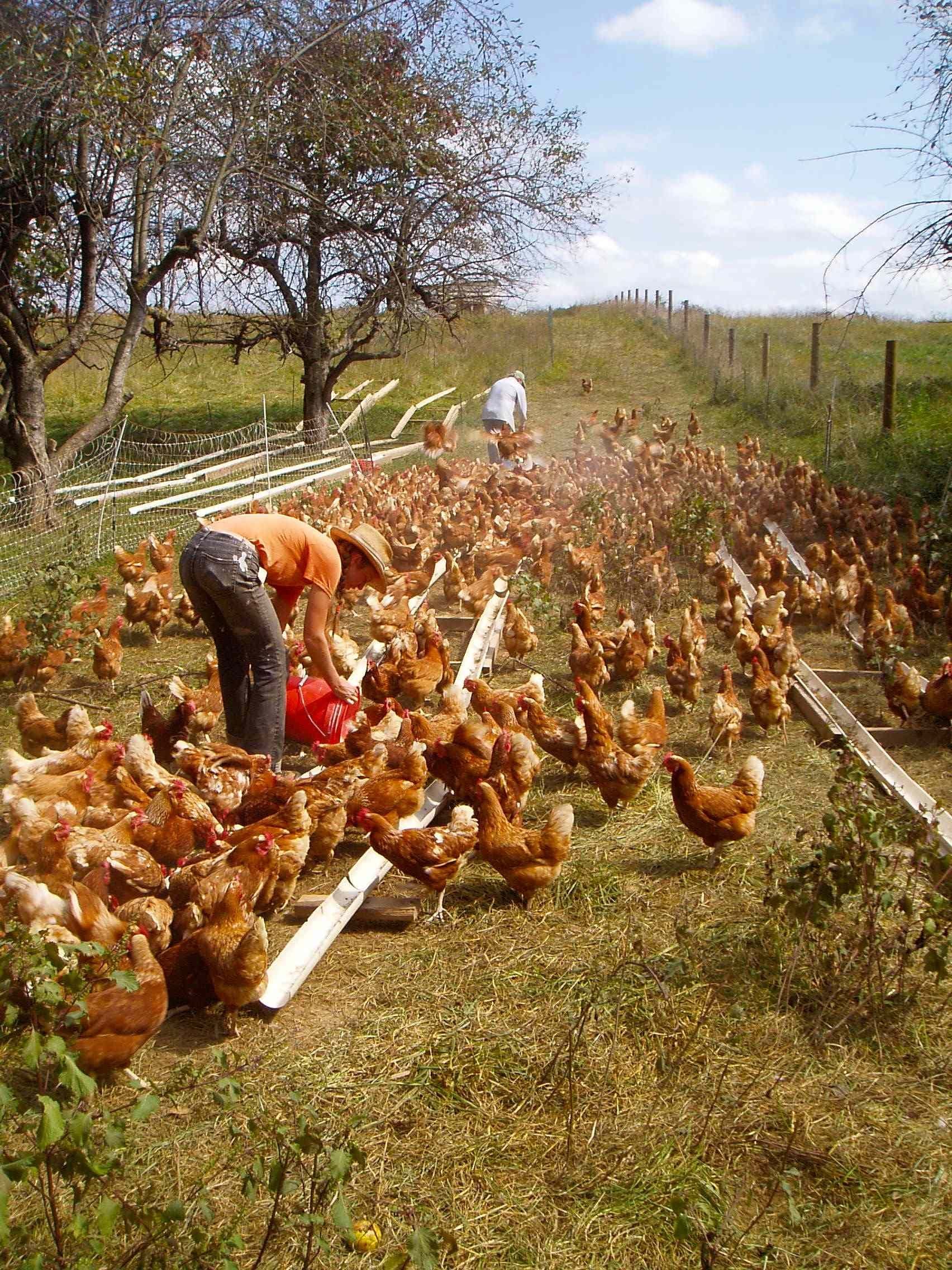The recent surge in egg prices and accompanying shortages have been largely attributed to the ongoing outbreak of avian influenza, colloquially known as bird flu, across various regions worldwide. This outbreak has affected egg-laying hens dramatically, causing significant disruptions in the production and supply of eggs to markets. As this crisis persists, speculation has intensified over whether chicken meat – another critical component of global diets – could similarly face supply constraints and rising costs.
To understand the possible implications for chicken meat, it is important to first examine the dynamics at play in the poultry industry. Hens used for egg production and chickens raised specifically for meat consumption, while both part of the poultry sector, often have distinct production systems and market lifecycles. Meat chickens, commonly known as broilers, are bred and raised separately from egg-laying flocks. This separation has so far insulated broiler chickens from the direct impacts of avian flu outbreaks that predominantly affect egg-laying hens. However, the situations are interconnected in several ways.
One concern arises from the increased biosecurity measures needed to manage bird flu outbreaks. Farmers and producers have had to implement stringent controls to reduce the spread of the virus within their operations. These measures include culling infected flocks, restricting movement of live birds, and imposing bans on exports in heavily impacted areas. While these safeguards are necessary to protect public health and prevent further economic fallout, they can also lead to upward pressures on production costs across the poultry sector, including those for chicken meat.
The rise in production expenses is not solely due to biosecurity measures. The ongoing crisis has also led to reduced workforce productivity and elevated feed costs, the latter exacerbated by global supply chain disruptions and higher commodity prices. These challenges compound difficulties for farmers, potentially influencing supply levels in meat production over time.
Despite these complexities, experts in the industry remain cautiously optimistic about the availability of chicken meat. Current data provided by agricultural authorities suggest that broiler production levels have remained relatively stable and unaffected by the avian flu outbreak targeting egg-laying hens. This stability, however, does not entirely exempt the broiler sector from economic ramifications. Consumers may notice moderate price adjustments as the sector balances increased operational costs with market demand.
For consumers already grappling with elevated food prices, heightened concerns are understandable. Inflationary pressures are being felt across the agricultural spectrum, from basic essentials like eggs and dairy to more coveted protein sources such as meats and seafood. Policymakers and industry leaders are monitoring the situation closely, focusing on averting potential chicken meat shortages while ensuring recovery for the battered egg market.
Furthermore, alternative protein options have gained traction as consumers reconsider dietary choices in light of these crises. Plant-based substitutes and lab-grown meats are carving out growing niches as financially viable and environmentally sustainable options. While traditional poultry products continue to dominate menus globally, shifting consumer preferences represent an evolving dynamic in the marketplace.
As speculation continues, communication emerges as a key factor in addressing consumer concerns. Experts recommend that buyers maintain informed perspectives based on verified data, brushing aside rumors or unfounded anxieties. Developing trust between producers, governmental agencies, and the community also plays a crucial role in navigating through the crisis together.
In conclusion, while the egg crisis has posed significant challenges, current evidence does not suggest an imminent chicken meat shortage of similar proportions. Nevertheless, transparency and proactive measures from all stakeholders – ranging from suppliers and policymakers to consumers – remain vital in managing ongoing uncertainties. For now, continued vigilance within the poultry industry and supportive actions can help prevent further disruption and ensure steady access to staple proteins in households worldwide.


